Kitsap Transit Board approves funding for intra-county ferry feasibility study
The Carlisle II traverses Sinclair Inlet.
Kitsap Transit is moving forward with a feasibility study that will look at potential new ferry routes between Kitsap County communities.
The study, which was approved by Kitsap Transit’s Board of Commissioners at its April 15 meeting, will review the facilities, equipment, and funding sources needed to start up intra-county ferry service. The $300,000 study is funded entirely by the state Legislature.
At the meeting, Central Kitsap County Commissioner Katie Walters said she was “very supportive” of the concept of intra-county ferry routes.
“For me, to have a ferry from Silverdale to Bremerton is what’s really going to spur development,” Walters said. “I think this is going to be one of the ways we take cars off the road.”
Kitsap Transit doesn’t currently have the infrastructure or funding to start up new ferry services; the study is just the first step in a long process. To that end, Kitsap Transit Executive Director John Clauson said the consultants won’t focus on any community in particular but will review all route options and the cost of acquiring vessels, docking facilities, and operating the service.
Silverdale-Bremerton and Winslow-Bremerton are two specific routes that have been identified as possibilities.
“We are excited to look into the future possibilities of ferry operations in Kitsap County,” Clauson said. “This is the first step to determine what is feasible.”
During the process of creating our current long-range transit plan (published in 2022), Kitsap Transit asked riders for feedback about the types of transit service they’d like to see in the future. New ferry routes were the single-most popular response, with more than 30% of respondents ranking it their first choice. When combining first, second, and third choices, the new ferry routes ranked second overall, garnering this support from 52% of respondents.
Consultants conducted a similar study for Kitsap Transit in 2016 ahead of the vote for a ballot measure to fund the cross-sound passenger-only program. That business plan was a guiding document that outlined potential routes, projected ridership, fare structures, terminal locations, vessel requirements, implementation schedules, cost models, and the program's economic benefits.

